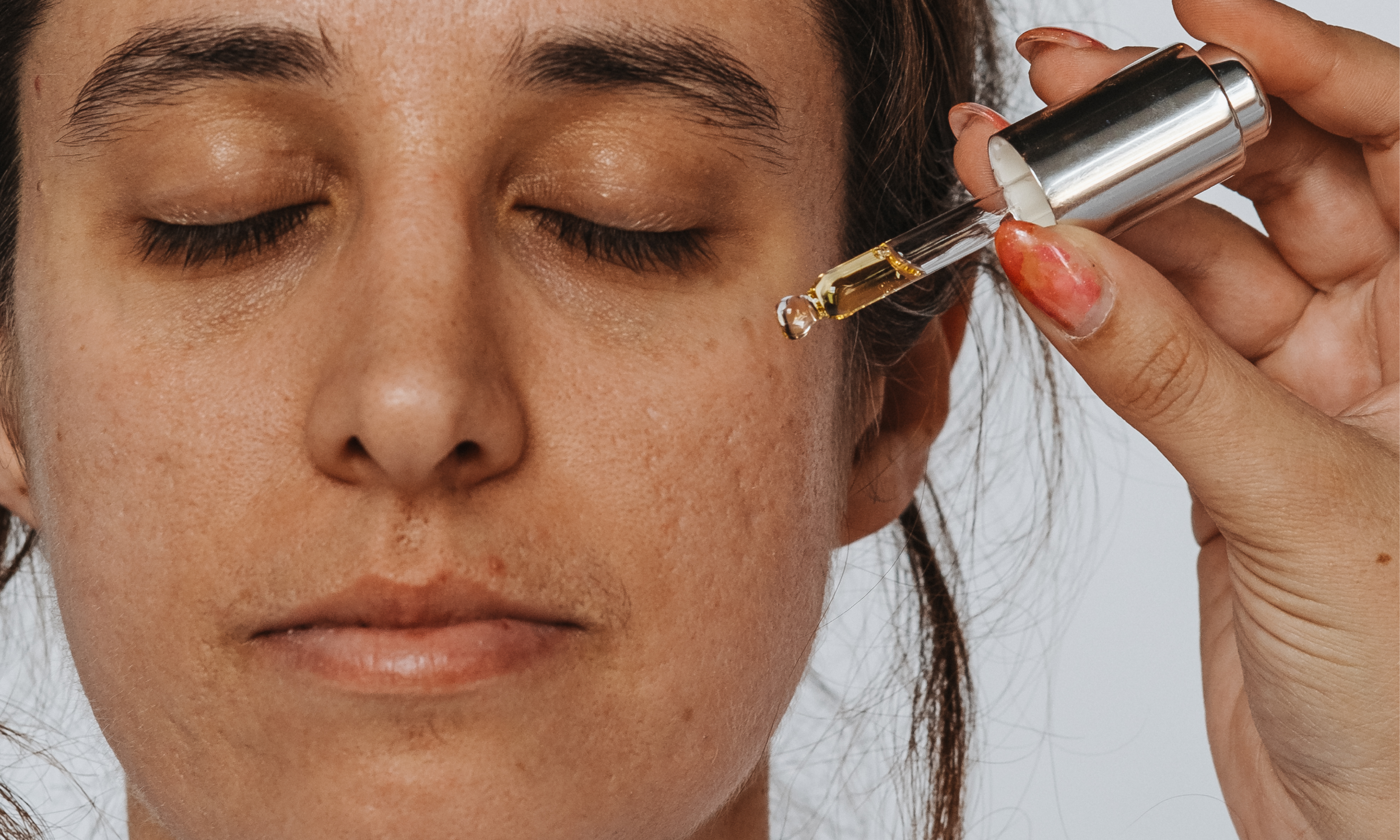
How to Pinpoint Your Skincare Concerns
Unlocking the secrets of a radiant and healthy complexion starts with deciphering your skin’s type and its unique concerns. If you’re ready to say goodbye to confusion and hello to the glow you've always dreamed of, read our expert tips below on how to build the steps toward a skincare routine that truly works on your concerns!
FIRST THING FIRST…
Pinpointing your skin’s concerns begins by understanding your skin type. In case you needed a quick reminder, the most common types are:
- Normal skin: Balanced, not too oily or dry, with minimal imperfections.
- Dry skin: Feels tight, rough, or flaky; lacks moisture.
- Oily skin: Shiny, greasy, and prone to acne or enlarged pores.
- Combination skin: A mix of oily and dry areas, usually oily in the T-zone (forehead, nose, and chin) and dry elsewhere.
- Sensitive skin: Easily irritated, reacts to certain products, apparent redness or itching.
(Unsure about your skin type? Check out our Skin Quiz right here!)
OBSERVATION & IDENTIFYING YOUR CONCERNS
Identifying skincare concerns involves carefully observing your skin's behavior, appearance, and any issues you may be experiencing. A good self-assessment includes looking at your skin in natural light and making note of any visible issues such as acne, redness, dry patches, or dark spots. It’s important to track your skin's behavior over a few weeks or months.
Notice if you are experiencing:
- Regular breakouts or clogged pores
- Concern about fine lines, wrinkles, or loss of elasticity
- Dark spots, sunspots, or uneven skin tone
- Dry, flaky, skin
- Excessive oil and shine
- Reactions to products or environmental factors
- Persistent redness or rosacea
- Rough or bumpy skin
Another good test is to wash your face with a gentle cleanser, such as the ZO Skin Health Gentle Cleanser. Once your skin has been pat dried, make note of how it feels.
- If your skin feels comfortable after washing, you likely have normal or combination skin. If your skin feels tight and dry, you likely have dry skin.
- If it looks shiny and feels oily, you likely have oily skin.
- If you notice specific areas with different characteristics (e.g., an oily T-zone and dry cheeks), you have combination skin.
- If your skin reacts quickly to products or environmental factors, you may have sensitive skin.
TAILORING YOUR ROUTINE
Once you understand your skin type and concerns, tailor your skincare routine accordingly. You should opt for professional skincare products that are formulated to address your needs and don’t use ingredients that may exacerbate your concerns.
And of course, if you’re not quite sure where to begin––consulting a dermatologist or skincare professional is always a step in the right direction. They are best equipped to provide a thorough analysis and personalized recommendations and can assess your skin's changing needs over time.
Until next time, take care of the skin you are in!
The BSE Team

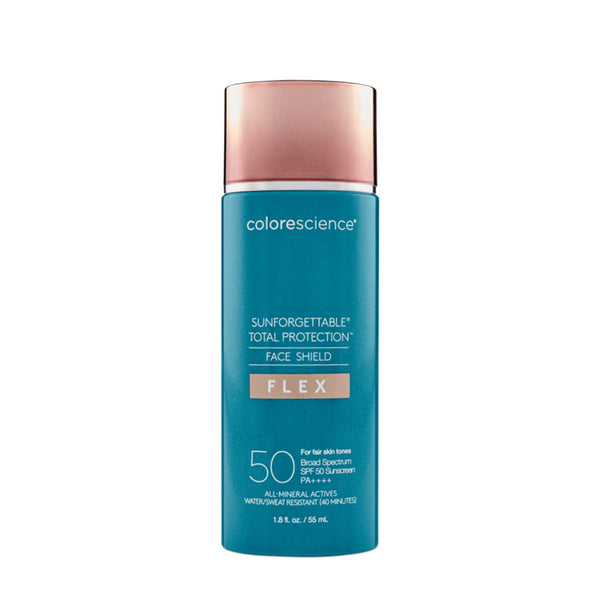
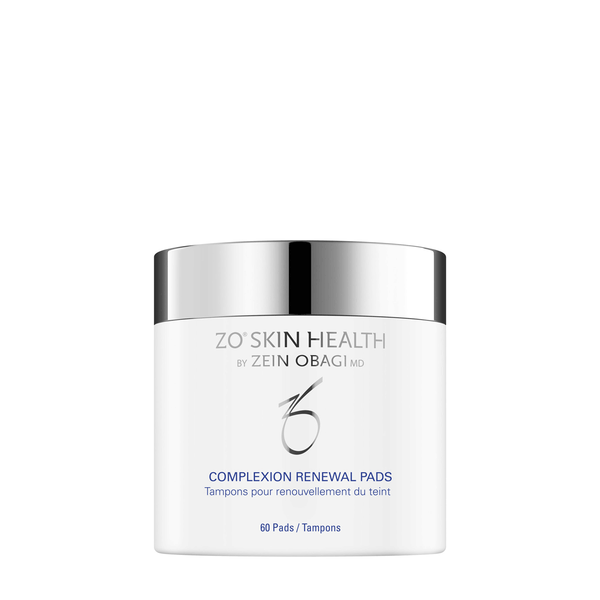
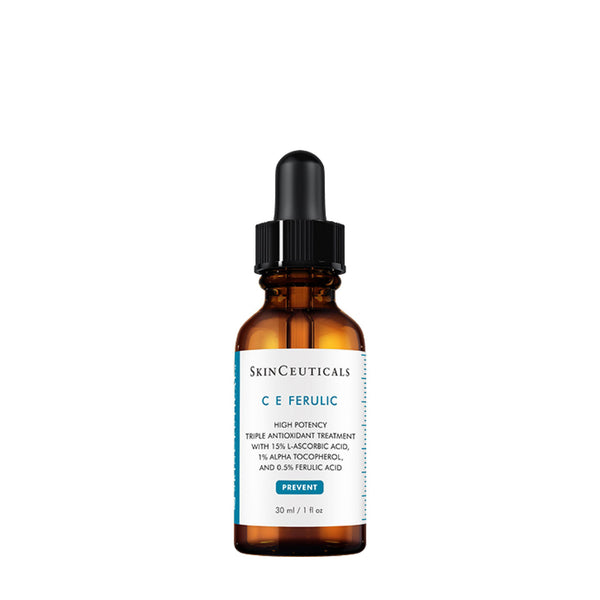
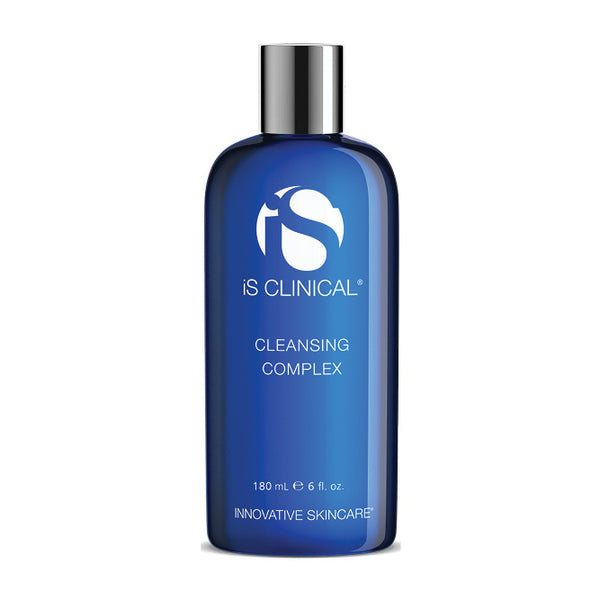
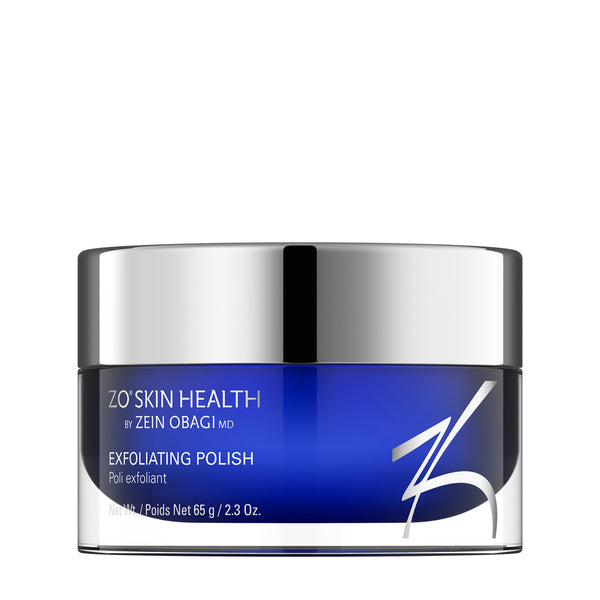
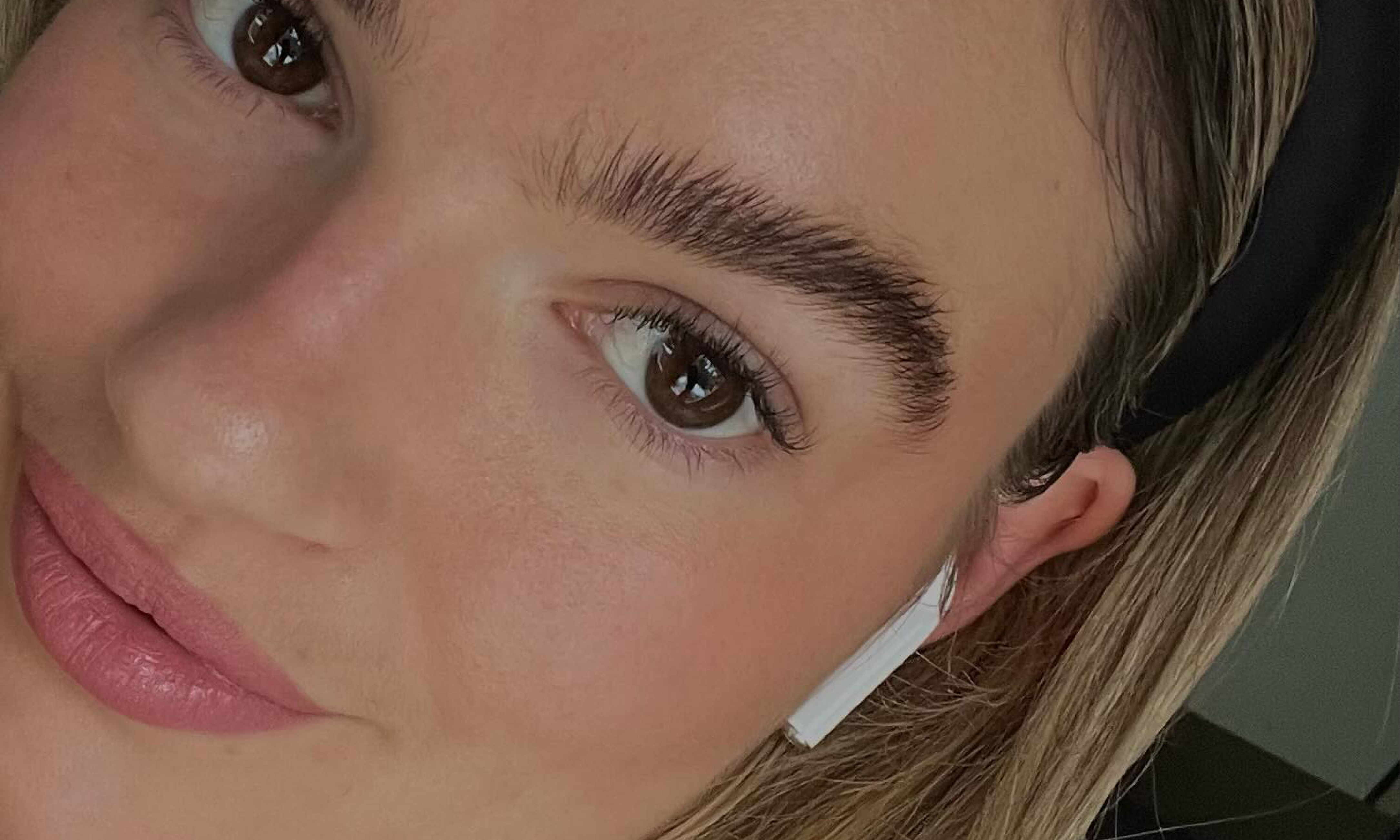




Leave a comment